On the morning of November 29, the Secretary General of the National Assembly and Head of the National Assembly Office, Bui Van Cuong, chaired a press conference to announce the results of the 6th Session of the 15th National Assembly.
At the press conference, journalists asked questions about the contents of the Identity Card Law recently passed by the National Assembly.
Accordingly, on the morning of November 27th, with a majority of delegates voting in favor, the National Assembly passed the Law on Identity Cards (effective from July 1st, 2024), to replace the Law on Citizen Identity Cards. In addition, the citizen identity card will also have a new name: identity card.
The new Identity Card Law, recently passed by the National Assembly, clearly states that information in the identity card database includes personal identification information; biometric information including facial images, fingerprints, iris scans, DNA, voice; occupation, etc.
"How will the collection of iris data for the new identity card system be implemented? Will people who already have a citizen identity card be required to have their irises collected when the new law comes into effect?", the press asked.
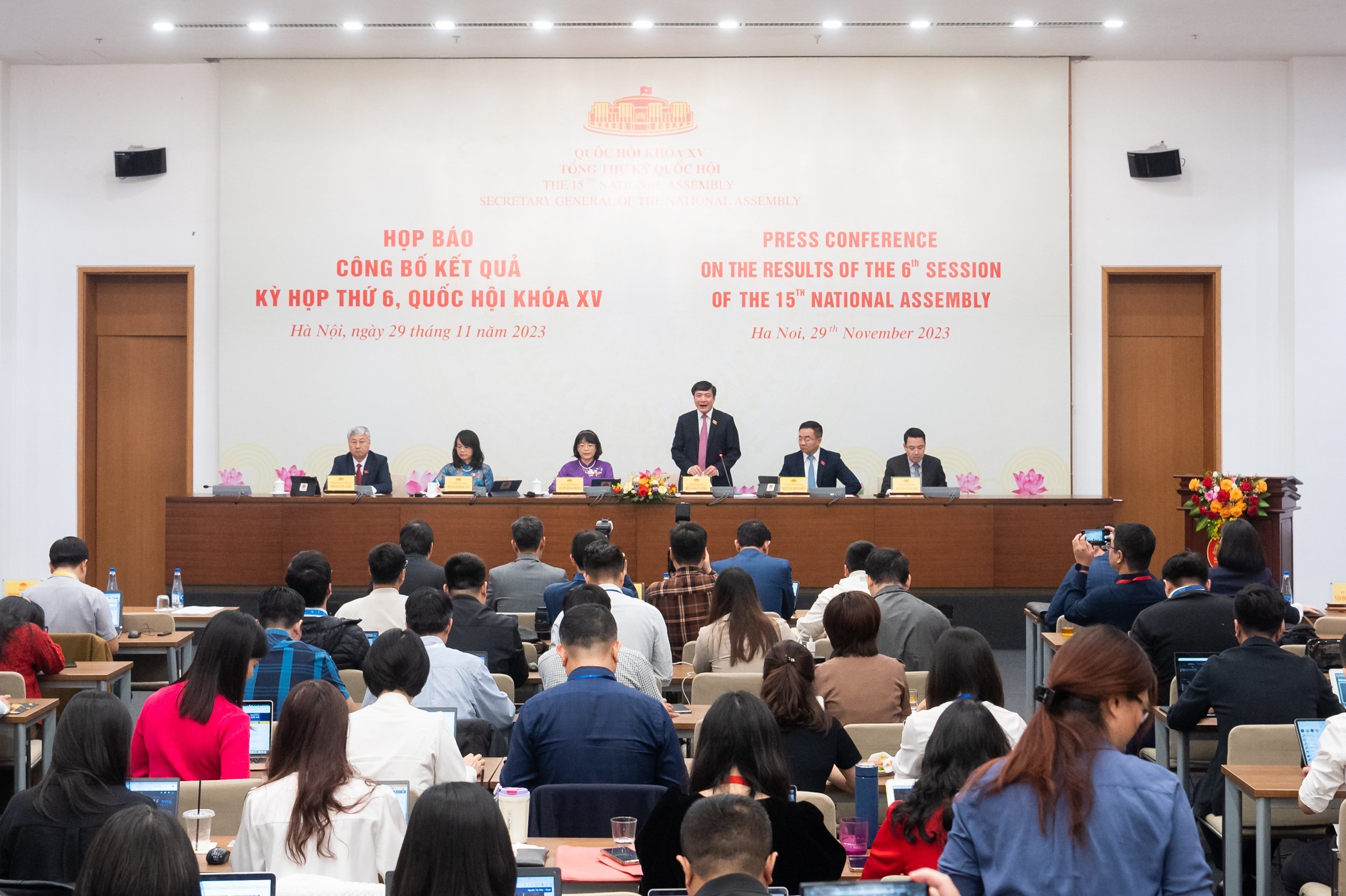
The Secretary General of the National Assembly and Head of the National Assembly Office, Bui Van Cuong, chaired a press conference to announce the results of the 6th Session of the 15th National Assembly.
Responding to a question about the regulation on collecting iris data for identity cards in the Identity Card Law, Deputy Chairman of the National Assembly's National Defense and Security Committee Nguyen Minh Duc stated that this is one of the biometric provisions, a new regulation in the draft law.
Iris data collection is carried out using specialized equipment by the identity card management agency. When citizens apply for a new or renewed identity card, the agency collects iris information to enrich the identity card data and the national population database.
"Citizens who already have a valid citizen identity card can still use it as if it were a new one," Mr. Nguyen Minh Duc said, adding that citizens do not need to go to the identity card management agency to integrate or declare information, except in cases where citizens need to supplement or replace their identity card.
Currently, several types of identification documents coexist, including: 9-digit ID cards, 12-digit ID cards, barcode citizen identification cards, and chip-embedded citizen identification cards.
Accordingly, citizen identity cards issued before the effective date of this law (July 1, 2024) remain valid until the expiration date printed on the card. Citizens can exchange their old cards for new ones if needed.
To date, thanks to the efforts of the police force and the people, the Ministry of Public Security has issued 83 million chip-embedded citizen identity cards. Regarding existing ID cards that are still valid, the law clearly states that they can be used until December 31, 2024.
Legal documents that have been issued using information from ID cards or citizen identification cards remain valid; state agencies are not allowed to request citizens to change or adjust information from their ID cards or citizen identification cards in issued documents.
What is the difference between an identity card and a citizen's identity card?
According to the Identity Card Law, in addition to the name, some information displayed on the identity card has also been changed compared to the current citizen identity card. Specifically, the phrase "citizen identity card" has been changed to "identity card", "place of birth" has been changed to "place of birth registration", and "permanent residence" has been changed to "place of residence".
The identity card will no longer display fingerprints (left and right index fingers), and the signature of the issuing officer will change from the Director of the Department of Administrative Management of Social Order (C06) of the Ministry of Public Security to "Issuing Authority: Ministry of Public Security".
The Law on Identity Cards stipulates that the citizen's identity database includes many fields of information; among these are personal identification, biometrics (face photo, fingerprints, iris, DNA, voice), occupation (excluding military, police, and intelligence forces) ...
Source














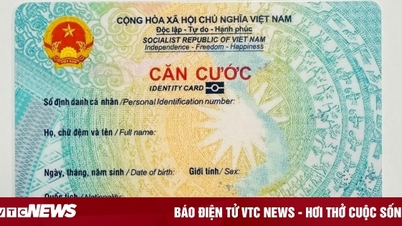
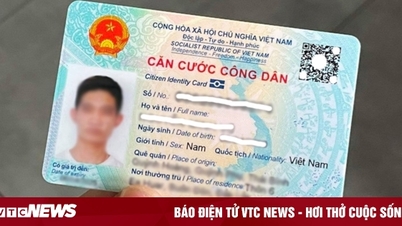
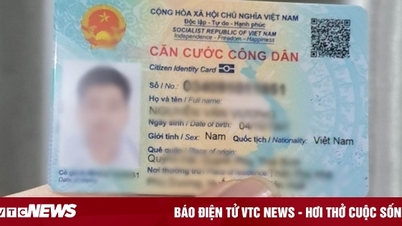


















































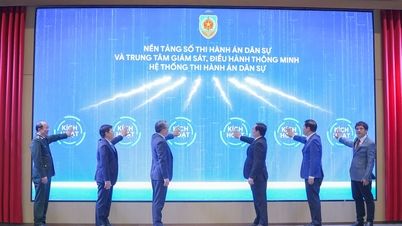







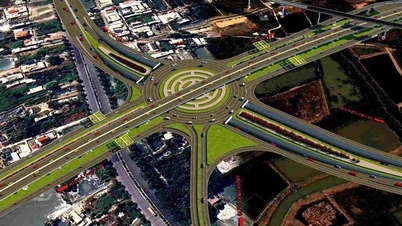





































Comment (0)